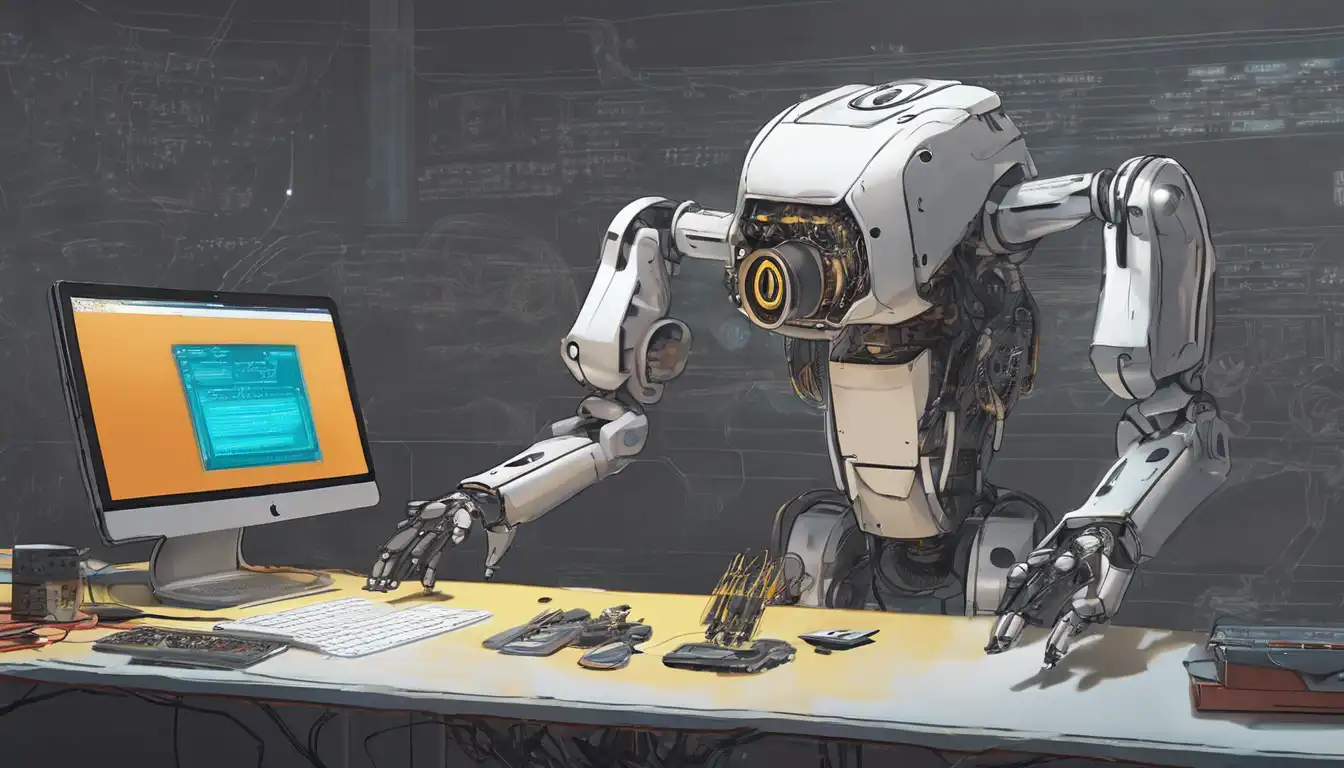Introduction to Robotics Programming
Robotics programming is an exciting field that combines the creativity of design with the precision of programming. Whether you're a hobbyist looking to build your first robot or a professional aiming to automate tasks, understanding the basics of robotics programming is essential. This guide will walk you through the foundational steps to get started in this dynamic field.
Understanding the Basics
Before diving into robotics programming, it's important to grasp the basic concepts. Robotics involves the design, construction, operation, and use of robots. Programming these robots allows them to perform tasks autonomously or semi-autonomously. Key areas to focus on include mechanics, electronics, and software development.
Choosing the Right Tools and Languages
Selecting the appropriate programming language is crucial for robotics. Popular choices include Python, due to its simplicity and readability, and C++, known for its performance in controlling hardware. Additionally, platforms like Arduino and Raspberry Pi offer great starting points for beginners, providing a balance between hardware and software learning.
Setting Up Your Development Environment
To start programming robots, you'll need a development environment tailored to your project's needs. This includes installing the necessary software, such as IDEs (Integrated Development Environments) and libraries specific to robotics. For example, ROS (Robot Operating System) is a flexible framework for writing robot software.
Your First Robotics Project
Beginning with a simple project, such as a line-following robot or a basic robotic arm, can provide hands-on experience. These projects help you understand the interplay between hardware components and software commands, laying a solid foundation for more complex endeavors.
Learning Resources and Communities
Numerous resources are available for aspiring robotics programmers. Online tutorials, forums, and courses can accelerate your learning. Engaging with communities, such as those on GitHub or Stack Overflow, can also provide valuable support and inspiration.
Advancing Your Skills
As you become more comfortable with basic projects, challenge yourself with advanced topics like machine learning in robotics or integrating sensors for more sophisticated behaviors. Continuous learning and experimentation are key to mastering robotics programming.
Conclusion
Robotics programming is a rewarding field that offers endless possibilities for innovation. By starting with the basics, choosing the right tools, and engaging with the community, you can embark on a successful journey in robotics. Remember, every expert was once a beginner, so take your first step today and explore the fascinating world of robotics programming.
